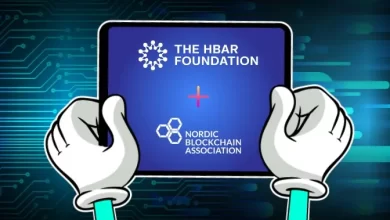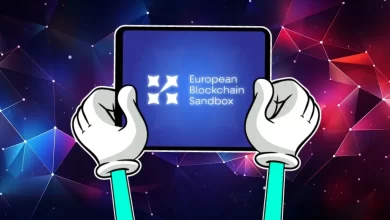Songbird & Flare are now positioned live on Quidli to support interoperability

Quidli has formed an association with Flare, and together they have delivered light incorporations of two new blockchains to their micro on-ramp scenario. One happens to be Flare, which is an EVM-oriented Layer 1 chain which has been built in order to allow developers to be able to create interoperable decentralized applications. The other is Songbird, which happens to be its canary network.
FLR happens to be the conventional token of Flare, which in turn, is a chain that has been created for the sake of dApps that require on-chain decentralized connectivity with data belonging to various chains, along with the greater internet. In the form of a network token, FLR provides the opportunity for holders to be able to carry out transactions on the Flare network. They are also able to take part in the governance of the network through voting. They can stake as collateral in the case of DeFi applications and allocate on the Flare Time Series Oracle (FTSO), which happens to be the chain’s conventional feed for decentralized price data.
The intention behind the design of Flare is for it to be able to carry out interoperability with two conventional protocols, which offer high-integrity decentralized data to all of the applications that have been created on the network. The State Connector happens to be safely obtaining event-based information from various blockchains, as well as the internet. This is then utilized in smart contracts that are on Flare. In turn, the Flare Time Series Oracle makes use of the network framework in order to introduce highly decentralized prices, along with data series sans the dependability of centralized data providers.
SGB happens to be the token in the case of the Songbird application. It is the functional test environment, or for that matter, the canary network for Flare. SGB happens to be utilized for the verification of transactions carried out on Songbird, along with voting on the network governance, as well as for the allocation to the FTSO for the backing of the provision of decentralized data to the network.
In order to play out the role of a canary network, Songbird happens to be offering a further testing condition for the developers required to make their protocols go through real fire conditions, following which they are introduced on the Flare mainnet. Having the availability of a two-tier method provides Flare the opportunity of offering dependability, as well as flexibility, in the case of further developed or nascent stage applications. All the while, functionality remains consistent in the case of both networks.
Where Quidli is concerned, they take pleasure in backing the Flare community to be able to transparently share the FLR, as well as the SGB rewards that happen to exist in Flare’s Discord server through Quidli. Flare advocates are able to disburse FLR and SGB tokens as a thanking gesture to community contributors for backing them.
Quidli, on the other hand, happens to feel good about being in the position of providing two further options, adding to the ever-increasing arsenal of crypto incentives to their users. Together, their prime goal is to be able to create more links between Web2 and Web3.



